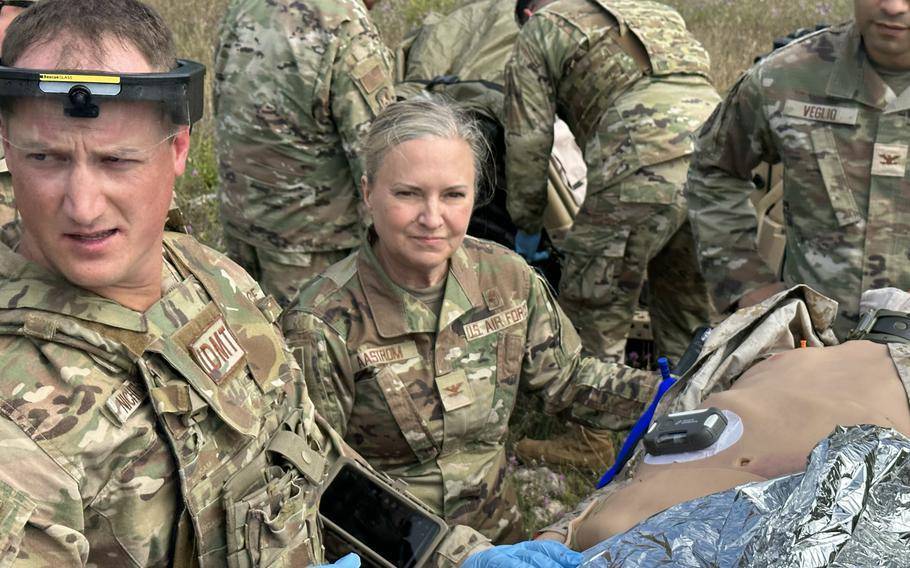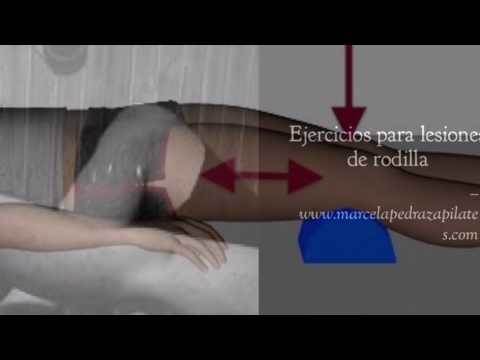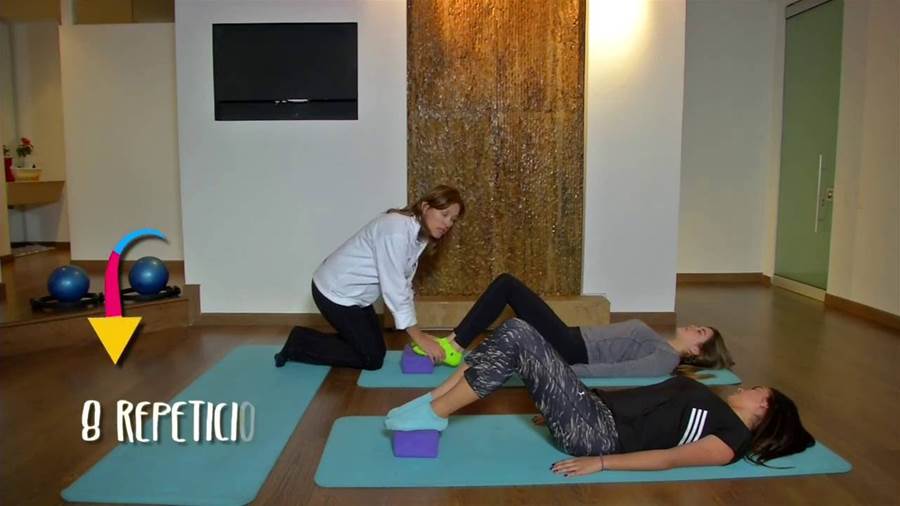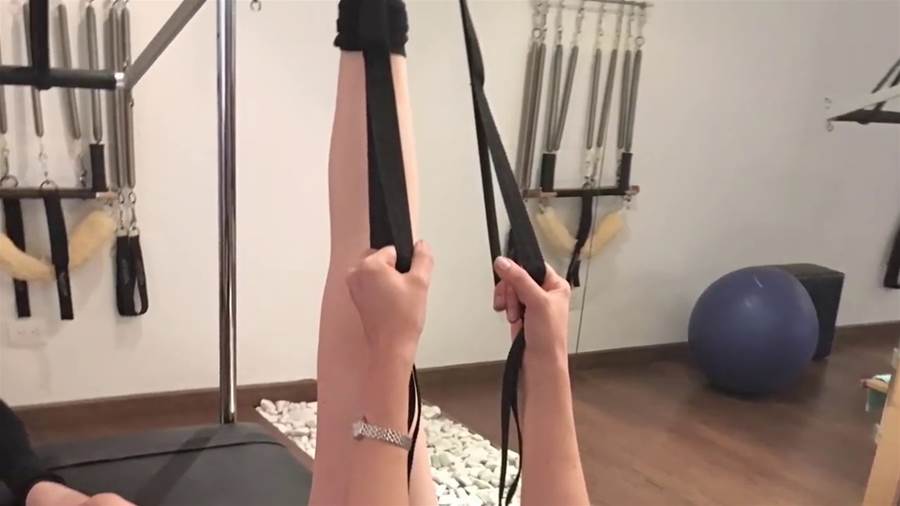

U.S. Army and Air Force medics tested a ketamine infuser device at a military exercise in Michigan in August. The device eventually could be used to provide pain relief on the battlefield. (Chani Devers / Michigan Air National Guard)
An infuser filled with a small amount of ketamine could relieve pain and even help save lives in future wars, say Air Force officials who have worked with the device.
The infuser produced by the small California-based company Bexson Biomedical was transported by a drone under simulated battlefield conditions at a military exercise in Michigan this summer.
Ketamine has received negative attention in recent decades because of its hallucinogenic properties when used illicitly as a recreational drug.
But its use as a short-term anesthetic goes back to the Vietnam War, and combat medics increasingly turned to ketamine as a pain reliever for patients with battlefield wounds during more recent U.
S. wars. Its use increased from less than 1% of combat injuries up to 11% of such injuries in Iraq and Afghanistan from 2011 to 2016, according to a 2021 study published in the journal Military Medicine.
The article is not finished. Click on the next page to continue.



















